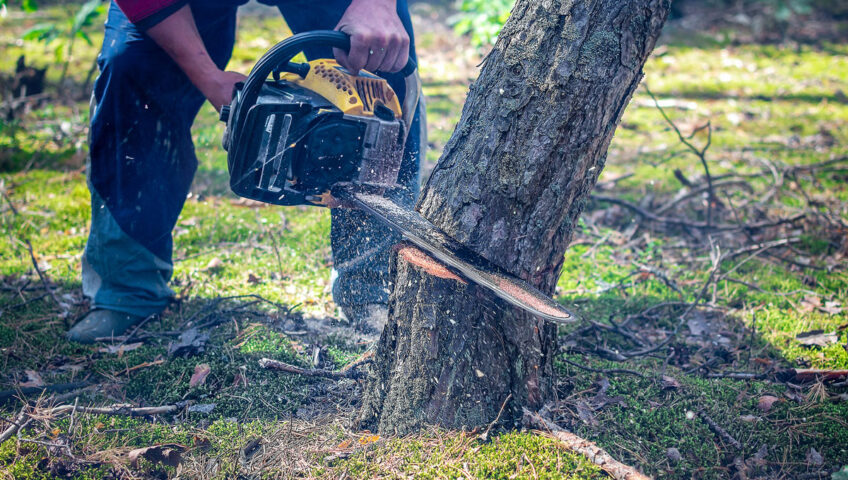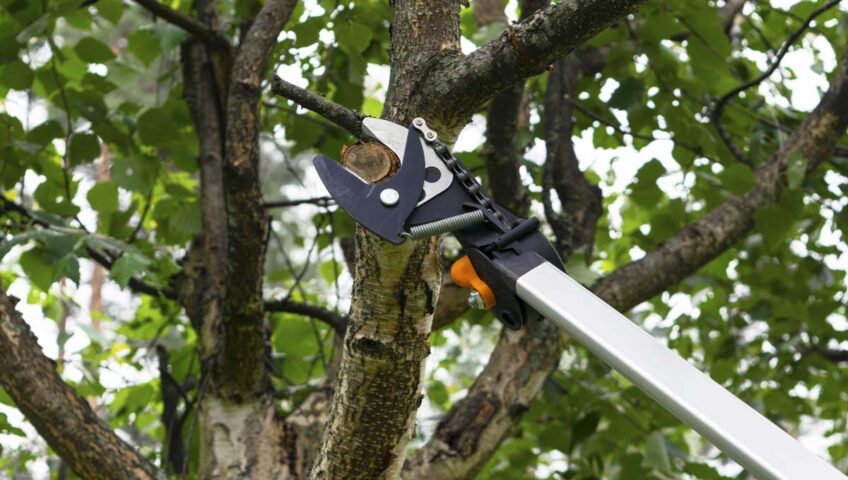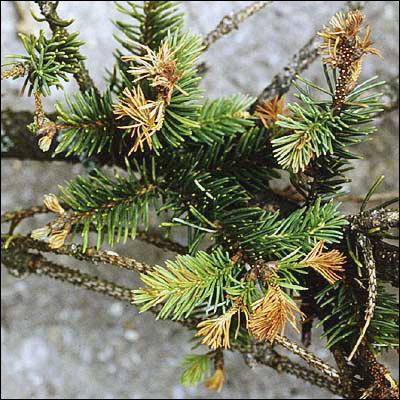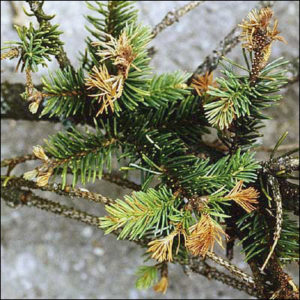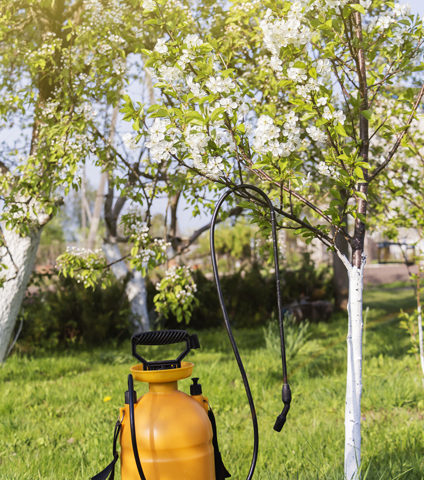If you have a big tree that is dying, or that is posing a danger to your home, often the best decision is to cut it down. This task should only be tackled if you are comfortable with a chainsaw, and willing to follow a few different safety precautions. If you’re looking to cut down a tree, here are nine steps you should follow to do it safely and correctly.
-
Decide if it’s Safe
While cutting down small trees is often a quick and easy process, cutting down larger ones is a pretty big job. If the tree has a lot of broken or dead branches, or if it has an undiagnosed disease, it is best to call an expert for help. Dead or loose branches can fall on you while you are working, and some diseases can be spread if you aren’t careful. Walk around your tree to check for these issues. While you’re at it, check to make sure you aren’t at risk of knocking down any power lines or hitting any buildings. If these obstacles are in your way, it is going to be safer to call in an arborist to deal with the tree for you in a safe way.
-
Gather Equipment
As with all DIY jobs, making sure that you have the right safety gear should be the first task on your list. Here is what you will need to cut down a tree:
- Hard hat
- Safety glasses
- Hearing protection
- Work gloves
- Chainsaw
- Felling wedges
Another good safety idea is to have a friend or family member on hand to help. A second set of eyes can alert you if anything is going wrong, or if something or someone comes too close to the tree while you are working on cutting it down.
-
Estimate the Fall
Before you start cutting, you need to figure out where the tree is going to fall. If it has more branches on one side than another, it will fall that way regardless of how you cut it. You will also need to estimate how tall the tree is so you can be sure there is enough room for it to fall. One trick to estimate this is to hold an ax at arm’s length, close one eye, then walk away from the tree. When the top and bottom of the ax are lined up with the top and bottom of the tree, you are standing about where the top of the tree will be when it falls.
-
Plan Escape Routes
Having at least two escape routes planned in advance will ensure that you have a clear path to get away if anything goes wrong. Make sure the routes are clear of debris, and will take you far enough away that, if the tree falls where you don’t want it to, you aren’t at risk of getting hit by it.
-
Plan the Notch
The notch is what will determine which direction the tree falls in. The notch needs to be on the “fall side” of the tree, which should also be the heaviest side of the tree. Make sure to plan the notch at a comfortable working height, so you aren’t having to bend over too far. The stump can always be cut down closer to the ground, or removed entirely, once the tree is gone.
-
Cut the Notch
Start with the top cut of the notch, moving at about a 45 degree downward angle. Cut about ⅓ of the way into the trunk. Then, make a second cut below the first parallel to the ground. This cut should meet, or come pretty close to meeting, the first cut.
-
Insert Wedges
If the tree’s trunk is more than 18 inches in diameter, you will need to use felling wedges. These handy plastic devices help prevent your saw from becoming trapped in the tree while you are cutting. These wedges need to go into the bottom cut as soon as you’ve cut deep enough to get them inserted. Stop cutting, pound them in with a hammer, and then complete the cut.
-
Make the Felling Cut
This is the cut that will make the tree fall. You will make this cut on the opposite side of the tree from the notch. Start the cut about an inch above the notch, keeping the chainsaw parallel to the ground. Go slowly, as you do not want to cut all of the way through. Once the tree starts to fall, stop cutting and walk one of your escape routes to get out of the way.
-
Remove Branches and Cut into Firewood
Once the tree is down, the next step will be removing all of the branches from the trunk. After that, cut the tree truck into more manageable pieces for removal. You can either keep the tree for firewood, or call your city to ask about proper disposal options.
When in Doubt, Get Expert Tree-Cutting Help
While cutting down a tree may seem like no big deal, it can in fact pose a risk to your property. From trees that fall where you don’t want them to, to trees that are taller than the area they have to fall in, there are many issues that can arise when you take down a tree. When in doubt, it is always best to call on a professional for help. Our licenced arborists have years of training with all types of tree services, and can help by taking down your tree in the safest, most efficient way. Give us a call anytime for a free consultation.

